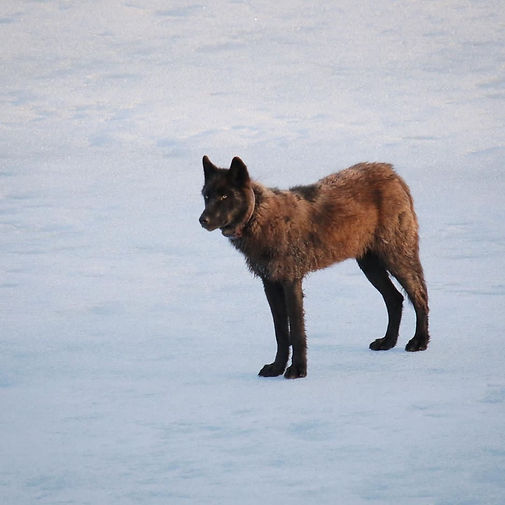
Frequently Asked Questions
What is a Keystone Species?
"A Keystone Species exerts top-down influence on lower trophic levels and prevents species at lower trophic levels from monopolizing critical resources, such as competition for space or key producer food sources" according to ecologist Robert T. Paine who coined the term with his 1966 research on Pisaster starfish in the tide pools of Washington state.[1]
However, we like the plain English definition by National Geographic:
"A keystone species helps define an entire ecosystem. Without its keystone species, the ecosystem would be dramatically different or cease to exist altogether."[2]
Does KWC only work with Keystone Species?
No. While our focus is certainly on the Keystone Species around the world, we will work with just about any species of wildlife. We tend to avoid dealing with pets, domestic animals, or livestock, but do not let that stop you from reaching out for our help.
Key Species in need of Protection
Gray Wolf
Red Wolf
Grizzly Bear
Mountain Lion
Bobcat
Lynx
Jaguar
Bison
Sea Otter
Sharks
Dolphins
Whales
Turtles
Snakes
Raptors
And many more
Key Species in need of Management
Wild Boar
Snakes (Venomous or Non-Venomous)
Nutria
Tegu
Misc. Aquatic Species
Misc. Small Predators
Other invasive, damaging, habituated, or non-native animals






